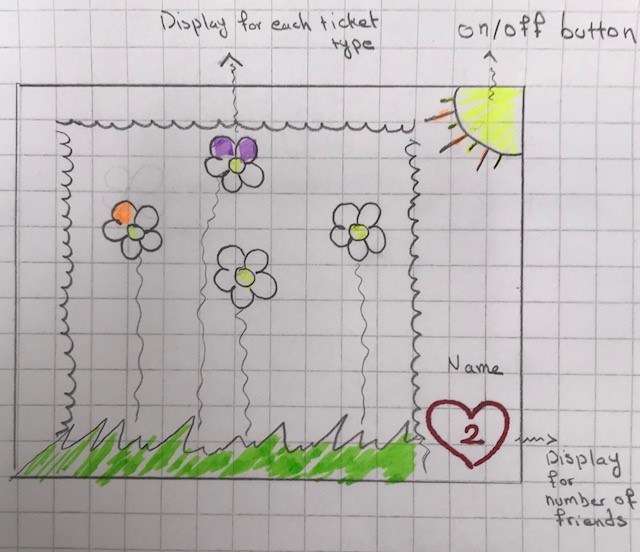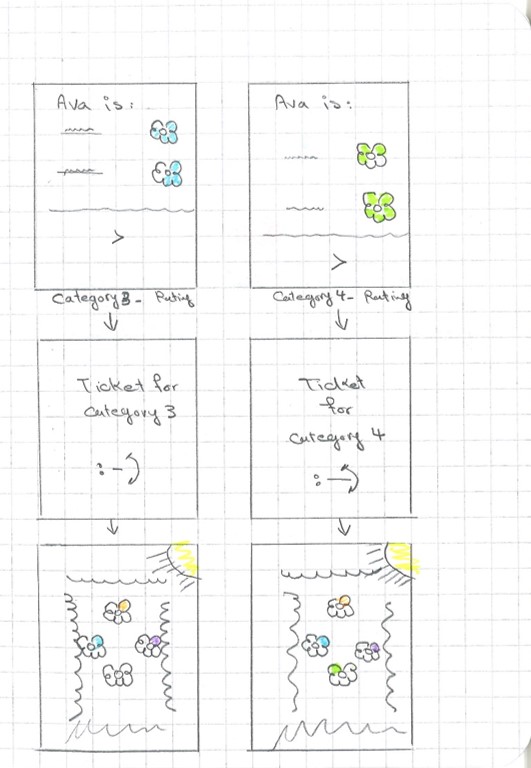Week 1: Principles and Practices
This week's tasks:
- To go through last year's final projects as a source of inspiration.
- To plan and sketch a potential final project.
This was the first lecture of the fab academy conducted by Professor Neil Gershenfeld, Director of MIT’s Center for Bits and Atoms. The whole lecture took 3 hours. The focus of the lecture was introducing fab lab concept, revealing fab lab's potentials and explaining the roadmap of the fab academy 2018. Neil gave an introduction to digital revolution and the journey from analog to digital communication, digital computation and digital fabrication by briefly mentioning:
- How Claude Elwood Shannon proved that it is possible to perfectly compute with an imperfect device, in a situation that one adds information and remove it to a signal (the first threshold theorem).
- And how Von Neumann proved that one could restore the state of an unreliable computer to make it perfect.
In the next part of the lecture, Neil started to talk about the personalization aspects of digital fabrication. He believes consumers should be empowered to be producers. Neil showed us lots of examples of what children had been able to make utilizing fab lab facilities. Therefore, it clearly opened my mind to the fact that: digital fabrication and making has lots of potentials, especially when it comes to children. Because by empowering children with the joy of "I can do it", we pave the way of being the future innovators for them. On the other hand, it might also happen in lots of cases that we could consider the children as the current innovators, while they are making something. Because sometimes their solutions are quite better and we receive from them more than what we give to them.
I really liked the message that is coming from fab lab, which is people are able to say goodbye to only be technical sinks and to say hello to the opportunities of locally design and produce solutions to local problems.
I believe Neil's idea of "making fab lab as a human right", personal expression in technology and looking to technology for a market of one person is just amazing. So, children as a group member of the society, would be educationally equipped with fab lab facilities as their right.
The entertaining part of the lecture was when different fab labs around the world briefly (in less than 1 minute) introduced themselves. All the attendees seemed to be happy, excited and energetic. Currently the number of fab lab in the world is 1205 in total. So, one could imagine the power of this amazing global network. Some fab lab managers gave a very brief explanation about their focus as well. So, I figured out that some fab labs are focused on working with children, such as fab lab Barcelona. Their motto was that fab lab is a space that children's thinking is encouraged and innovation occurs. Neil explained that in fab labs you could make almost everything, but you need inventory. So, the goal is to get rid of these inventories. Generally speaking, the idea is broader and we could say it is something like "fab labs making fab labs". Neil highly recommended to read: coming more components onto integrated circuits
Take away
- Empowering citizens (also children as a group member of the society) with the joy of "I can do it".
- The killer app for digital fabrication is personal fabrication.
How did I come up with a potential project idea?
During a reasearch and design competition, some ideas has been collected from children from Ketunmaan Koulu, Liminka, Finland. Thanks to Heidi (she is also attending Fab Academy 2018) for translating the inputs from Finnish to English, and also thanks to Netta and Marianne (my professors), who were the source of the sparkling idea of developing children's ideas. Children's ideas are counted as a source of inspiration for me to come up with a potential final project idea.
After going through children's ideas, some of the sketches made me think and I noticed that children are mostly interested in finding friends and most of their sketches were around the topic of friendship. At first, it came to my mind to consider making a persona board game, which enables children to socialize and communicate with eachother in the context of technology, while they are visiting fab lab Oulu. For those who are not familiar with persona: it is one the most popular methods of the initial stage of the design thinking process named "empathy".
But after digging deeper in children's sketches, I figured out that one of the sketches has a context similar to "empathy mapping" . Empathy mapping is counted as a well-known method for design tthinking. It is used for gaining empathy and exploring a deeper understanding of the users. It comprises 4 important features: Think & Feel, See, Hear, Say & Do.
What is my potential project idea?
So the initial idea is to make an empathy mapping board (friendship garden) integrated with an app that enjoys having the following features:
- Visual communication with friends
- Visual thinking
- Earning reward points
- QR code (or something else)
- Music
- Emotional icons
- Collected heart display
- Friendship tickets
- Positive sticky notes
This idea helps children to find friends through empathy. The idea also includes some competitive features to encourage children more.
Why an empathy mapping board?
- To encourage children to empathize.
- To help them with finding friends.
Initial Sketches
First sketch for the board:
Sketches for app features and views:




- Each flower has 5 petals for rating.
- For example if the kid receives good rating for "helpful, "sharing the IT skills" and "behaving respectful", the positive interact ticket will be issued for her/him.
- 4 tickets from different categories (e.g. "positive interact", "group work skills") should be issued for each kid in order to own the "friendship ticket".
Second sketch for the board:

- Each flower on the borad is the demonstration of each ticket type.
- The sun is the on/off button to start connecting to the app.
- When all the petals of each flower are lightened up, the heart grows bigger or its color will be stronger and more red (depends on the technology that I decide to use.)
- The number of friends will be displayed on the board.
Kinda Storyboarding:


